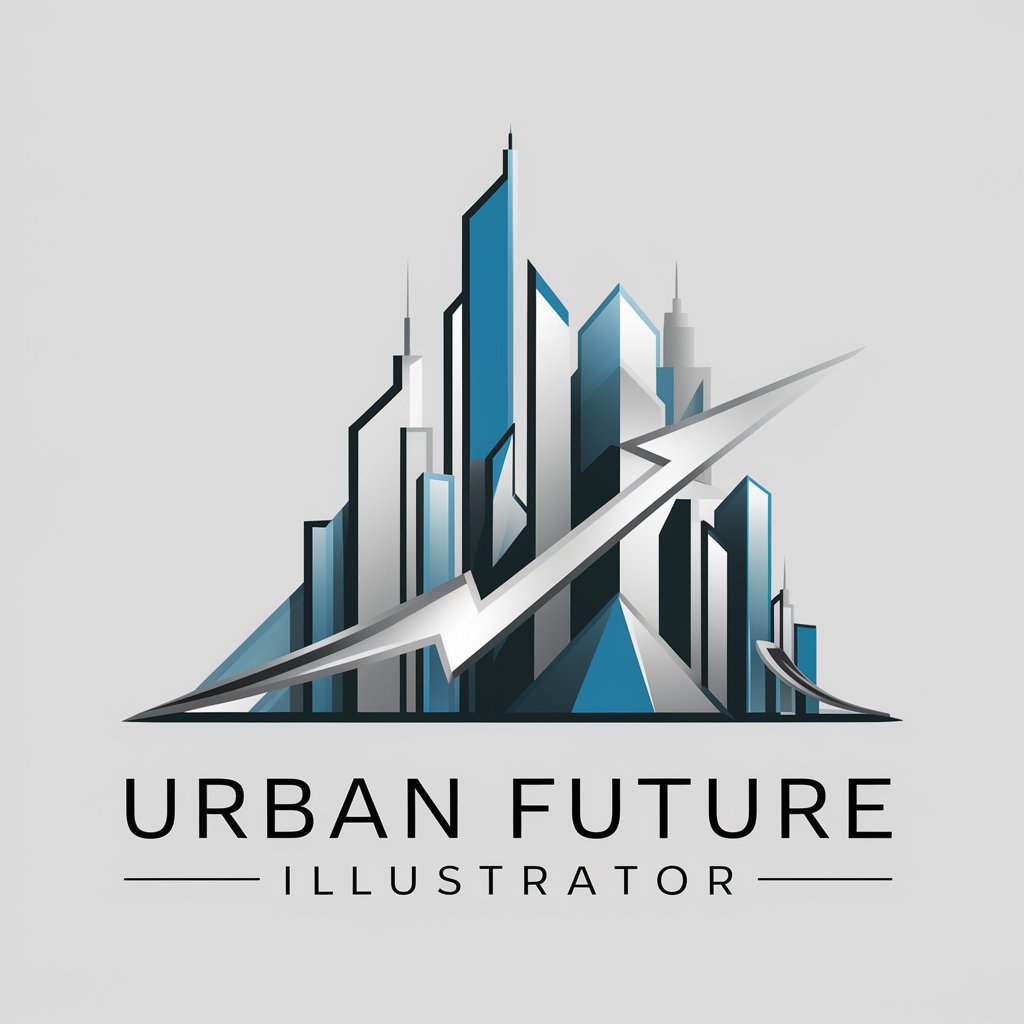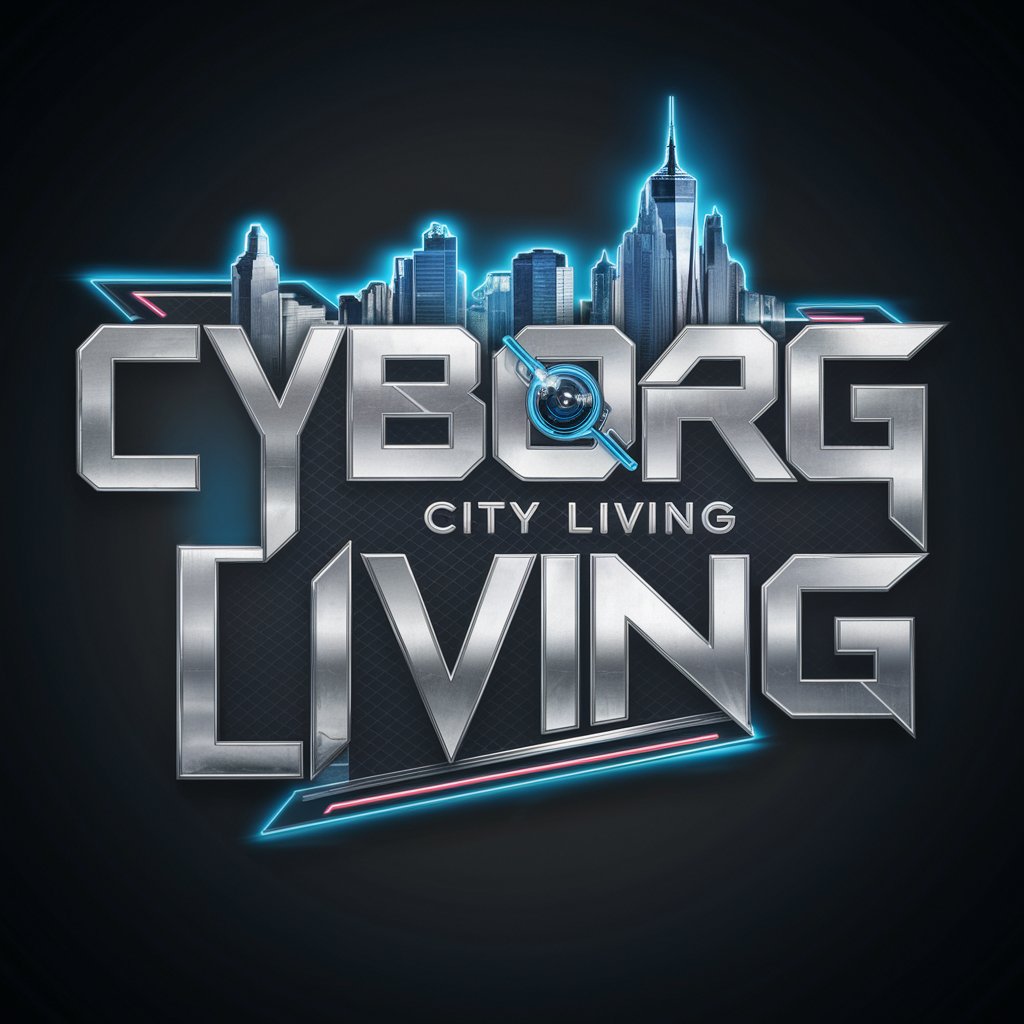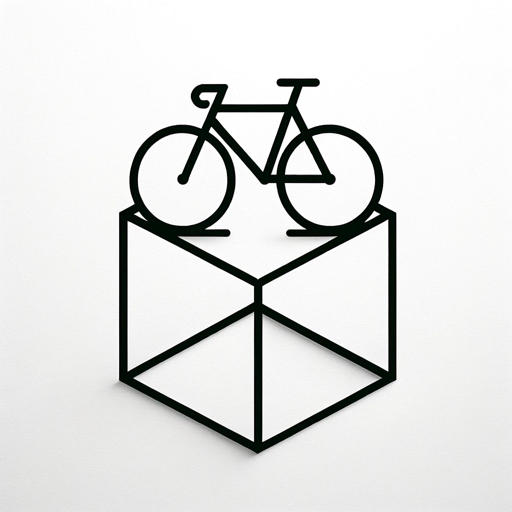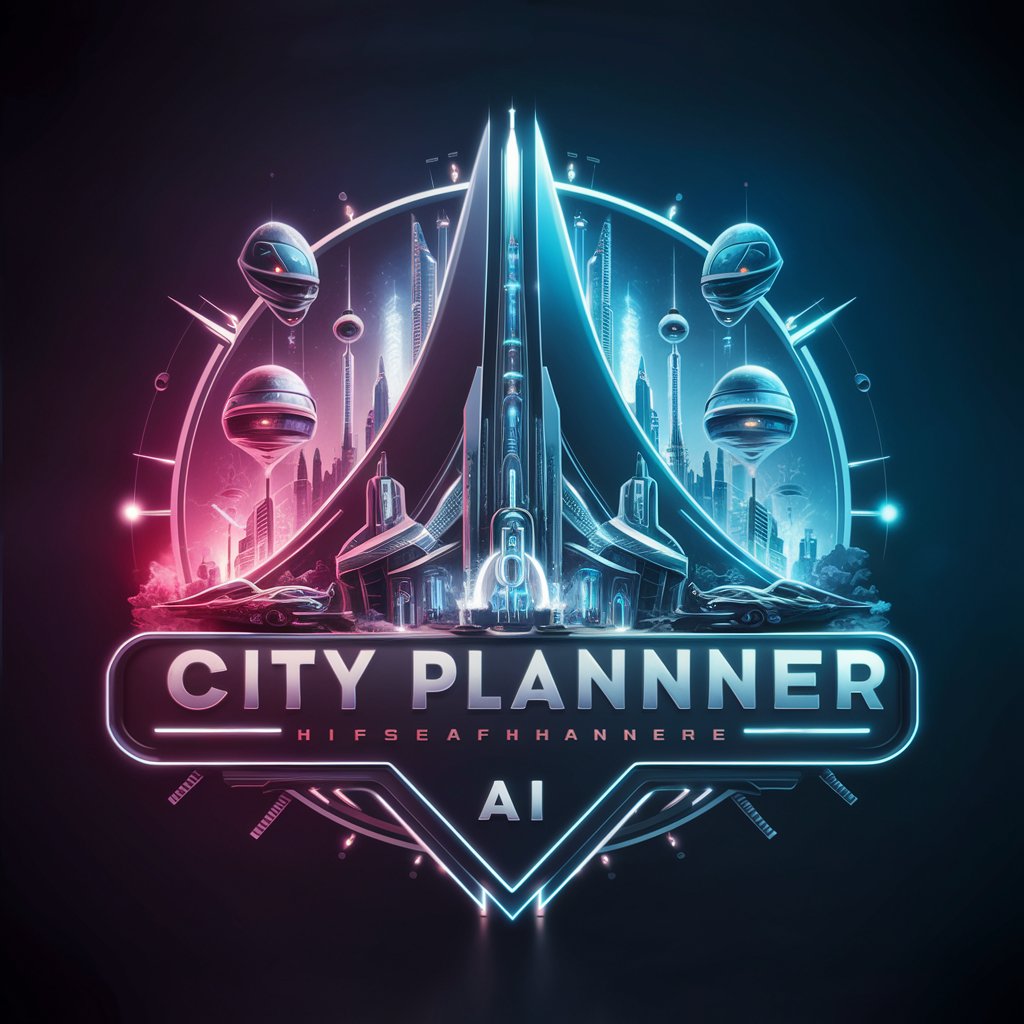
Futuristic City Simulator - Futuristic Urban Design
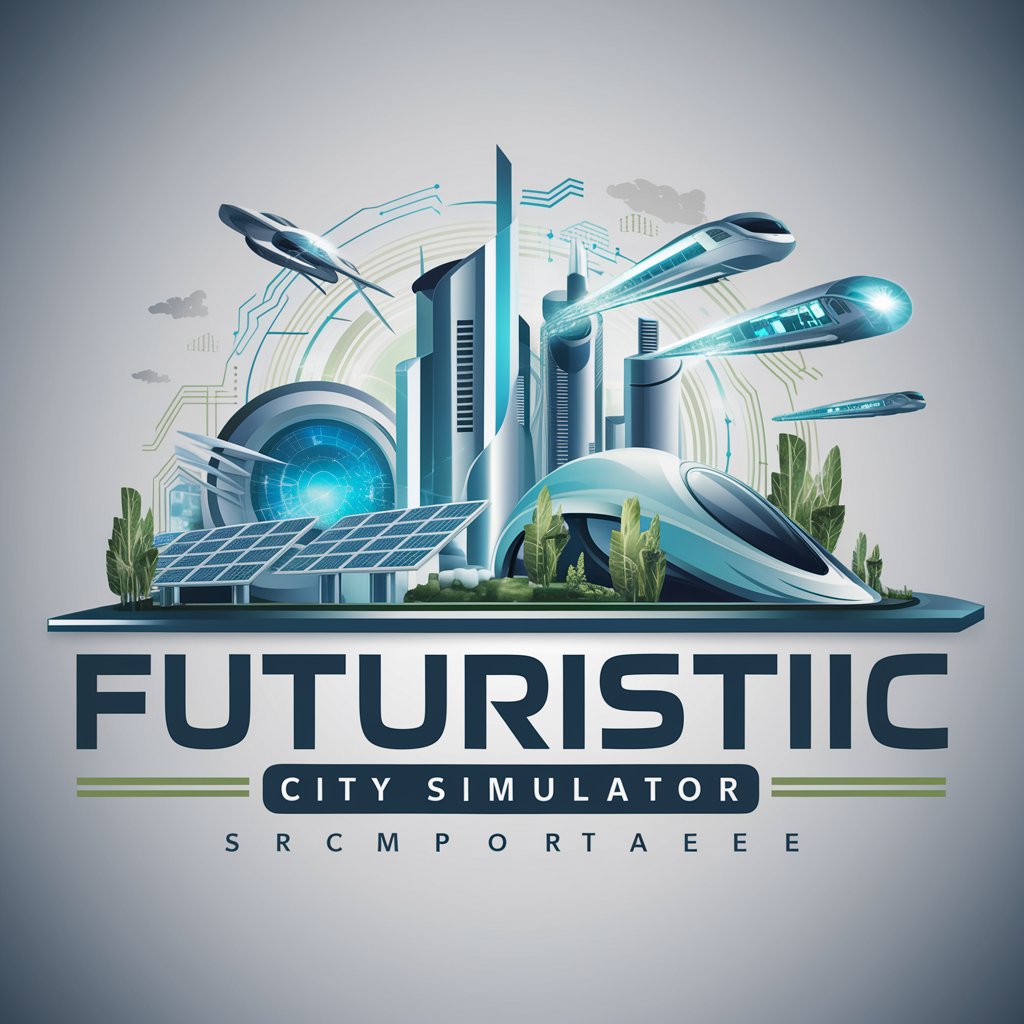
Welcome to the future of urban design and sustainability!
Design Tomorrow's Cities Today
Design a sustainable transportation system for a futuristic city that minimizes carbon footprint and maximizes efficiency.
Suggest innovative waste management solutions for a high-tech urban environment focused on zero waste principles.
Create a layout for a smart city that integrates renewable energy sources and green spaces into its core infrastructure.
Propose cutting-edge architectural designs for residential buildings that utilize advanced materials and eco-friendly technologies.
Get Embed Code
Overview of Futuristic City Simulator
The Futuristic City Simulator is a cutting-edge tool designed for envisioning, designing, and simulating futuristic urban environments. It serves as a digital sandbox for urban planners, architects, students, and enthusiasts to experiment with innovative city layouts, infrastructures, and technologies. The simulator integrates aspects of sustainability, innovation, and urban design to help users create cities that are efficient, environmentally friendly, and technologically advanced. For instance, users can simulate the impact of autonomous transportation systems on city traffic, or the efficiency of integrated renewable energy sources in meeting a city's power demands. By providing a platform for detailed simulation and design, the Futuristic City Simulator encourages exploration of future urban living scenarios, offering insights into how cities can evolve to become more sustainable and livable. Powered by ChatGPT-4o。

Core Functions and Applications
City Layout Design
Example
Designing a city with a focus on pedestrian-friendly spaces and efficient public transit systems.
Scenario
Urban planners can use the simulator to create a city layout that minimizes car dependency, integrates green spaces, and promotes walkability and cycling, thereby reducing carbon emissions and enhancing the quality of urban life.
Integration of Innovative Technologies
Example
Incorporating smart grid technologies and IoT devices for managing urban services.
Scenario
City developers can simulate how smart grids and IoT devices optimize energy consumption, improve waste management, and enhance public safety and services, leading to a smarter, more responsive urban environment.
Sustainability Practices Simulation
Example
Implementing large-scale renewable energy solutions, like solar panel arrays and wind farms, within urban settings.
Scenario
Architects and environmental engineers can explore the viability and impact of renewable energy sources in powering a city, assessing not only the environmental benefits but also the economic implications.
Target User Groups
Urban Planners
Professionals involved in the development and design of urban areas can utilize the simulator to experiment with different city layouts and infrastructure projects, ensuring they are sustainable, efficient, and meet the community's needs.
Architects and Designers
These users can leverage the tool to visualize and plan buildings and spaces that are innovative, environmentally sustainable, and harmoniously integrated into the urban fabric, taking advantage of the latest materials and technologies.
Students and Educators
For educational purposes, the simulator provides a hands-on learning experience, allowing students to apply theoretical knowledge in urban design and sustainability in a practical, interactive environment.
Policy Makers and Government Officials
They can use the simulator to understand the potential impacts of urban policies and initiatives, making informed decisions about infrastructure investments, zoning laws, and sustainability practices.

How to Use the Futuristic City Simulator
Start Your Journey
Begin by accessing the platform for a complimentary trial at yeschat.ai, no ChatGPT Plus subscription or login required.
Define Your Vision
Outline your city's objectives, including scale, population, and key features such as energy sources, transportation systems, and infrastructure needs.
Integrate Innovations
Select advanced technologies and sustainability practices to incorporate, focusing on renewable energy, efficient waste management, and smart city solutions.
Customize the Layout
Design your city's layout using the simulator's tools, placing buildings, roads, green spaces, and utilities strategically to optimize flow and functionality.
Simulate and Iterate
Run simulations to test your city's efficiency, adaptability, and sustainability, using feedback to refine and enhance your design.
Try other advanced and practical GPTs
langue française
Votre assistant AI en français.
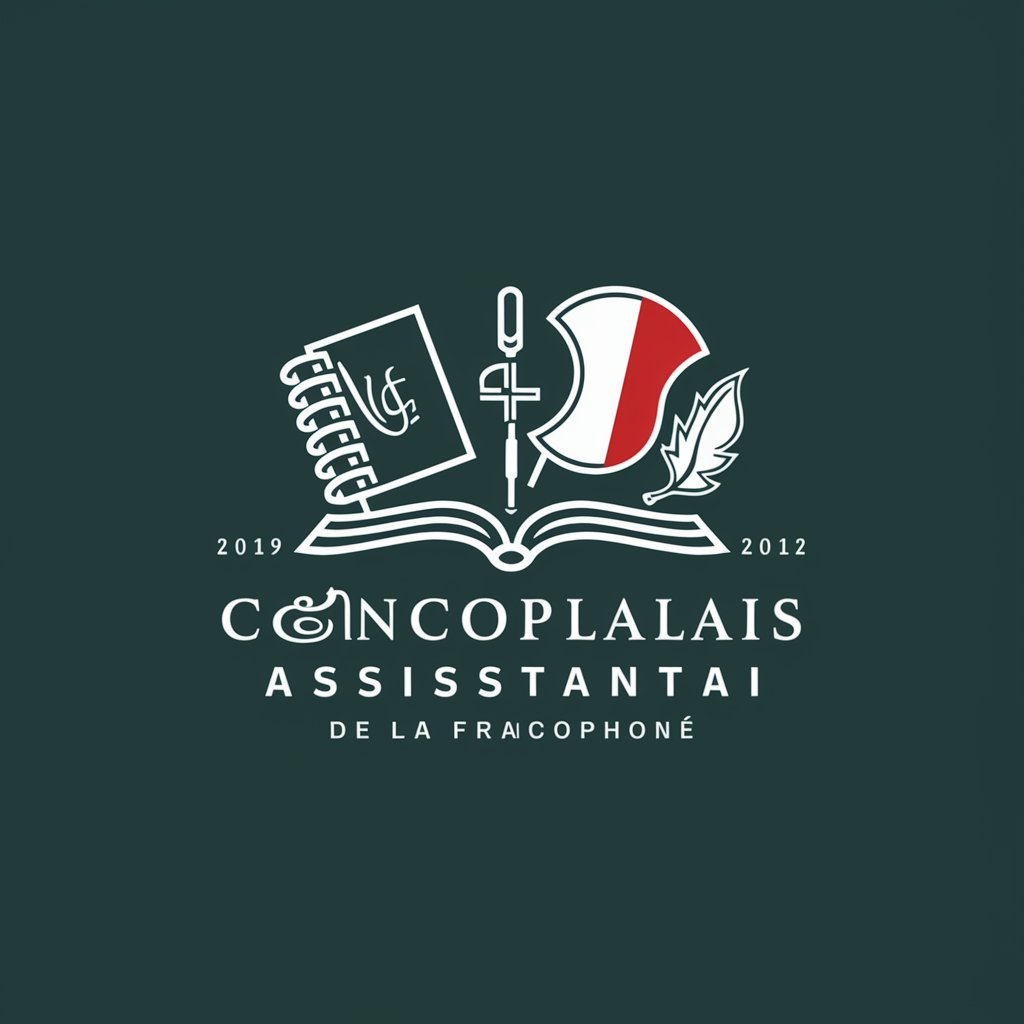
Loan Forgiveness Guide
Navigating Loan Forgiveness with AI

Cultural Explorer
Explore Cultures with AI

SkyLens Guide
Elevate Your Shots with AI-Powered Guidance

Nora
Empowering Parenthood with AI
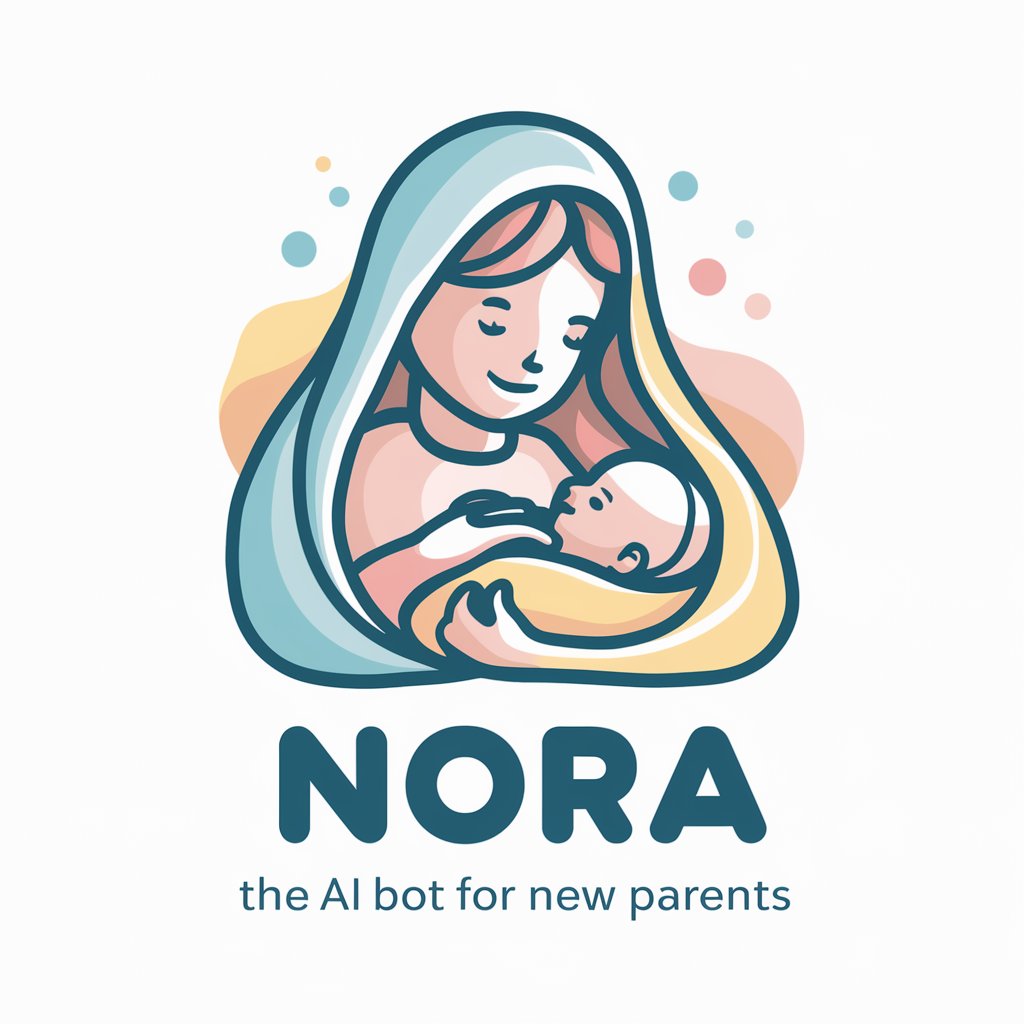
Magic Musical Syllable Muse
Transforming music with AI-powered syllabic notation.

PR Creative Director
Elevate Your PR Game with AI Creativity

Rosetta Language Expert Assistant
Empowering language learning with AI

Flora/Fauna Finder: Animal & Plant Identification
Discover nature with AI-powered identification.

Sclépios I.A: Complex Case
Empowering medical decisions with AI

KiCad Guider
Empowering your KiCad journey with AI

Dr. Prostate
Empowering with AI-driven prostate health information.

Frequently Asked Questions about the Futuristic City Simulator
What is the Futuristic City Simulator?
The Futuristic City Simulator is an advanced tool designed for creating and simulating the functionality of urban environments, integrating cutting-edge technologies and sustainable practices to optimize living conditions and infrastructure efficiency.
Can the simulator incorporate renewable energy sources?
Absolutely, the simulator is equipped to integrate various renewable energy sources, including solar, wind, and hydroelectric power, allowing users to explore sustainable energy solutions for their city designs.
How does the simulator assist in waste management planning?
The simulator offers modules for planning efficient waste management systems, focusing on recycling, composting, and waste-to-energy processes, to minimize environmental impact and promote sustainability.
Is it possible to test different transportation systems?
Yes, the simulator allows for the design and testing of multiple transportation systems, including public transit, pedestrian pathways, and advanced options like autonomous vehicles and high-speed rail networks.
Can the tool simulate emergency scenarios?
The simulator includes features for testing the city's resilience in various emergency scenarios, including natural disasters, power outages, and other crises, to ensure safety and preparedness.


